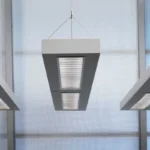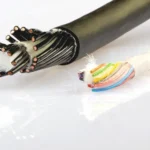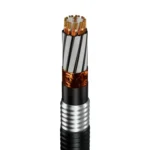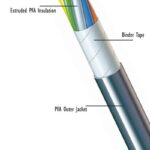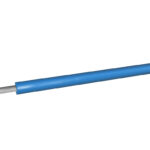Whether you're setting up a home theater system, upgrading your stereo, or wiring custom-built speakers, connecting speaker wire properly is crucial to getting great sound and avoiding damage to your equipment.
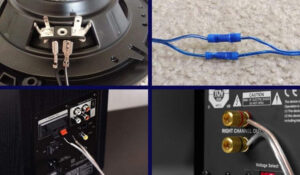
how to connect speaker cable
In this guide, you’ll learn how to connect speaker cable like a pro — no guesswork, no confusion, just clean sound and safe wiring.
🔍 Why People Search “How to Connect Speaker Wire”
✅ Primary Intent:
Learn the correct and safe way to connect speaker wires to speakers and amplifiers.
✅ Secondary Intent:
Understand polarity (+/-)
Choose the right wire gauge
Use banana plugs or bare wire
Avoid short circuits or audio distortion
🎛️ What You’ll Need
Speaker cable (typically 14–16 AWG for home use)
Wire strippers
Banana plugs (optional)
Screwdriver (for binding posts)
Electrical tape or heat shrink (optional for insulation)
🎯 Step-by-Step: How to Connect Speaker Cable
🔹 Step 1: Identify the Positive and Negative Wires
Most speaker cables have:
Color coding (red = +, black = –)
Markings (stripes or text on one side)
Make sure to connect positive to positive, and negative to negative on both ends — this is called maintaining polarity.
🔹 Step 2: Strip the Wire
Use a wire stripper to remove ½ inch (12 mm) of insulation from both ends.
Be careful not to nick the copper strands — it weakens the wire.
🔹 Step 3: Choose Your Connection Method
➤ Option A: Bare Wire
Twist the copper strands tightly.
Insert into the speaker terminal and tighten.
Great for spring-clip terminals.
➤ Option B: Banana Plugs (Recommended)
Insert wire into plug base and screw tight (or solder).
Plug directly into binding posts.
Clean, durable, and ideal for frequent connections.
➤ Option C: Spade or Pin Connectors
Useful for older amplifiers or if space is tight.
🔹 Step 4: Connect to Speakers and Amplifier
Connect one end of the wire to the speaker terminal.
Connect the other end to the amplifier or receiver.
Double-check that red goes to red, black to black.
✅ Reversed polarity will cause phase issues — weak bass or distorted sound.
🔹 Step 5: Test the Connection
Power on your system and play audio.
If sound is weak or out of phase, double-check your polarity.
📦 Recommended Wire Gauge
| Distance Between Amp & Speaker | Suggested Wire Gauge |
|---|---|
| 0–25 feet | 16 AWG |
| 25–50 feet | 14 AWG |
| 50–100 feet | 12 AWG |
| 100+ feet | 10 AWG or professional-grade cable |
💡 Expert Tips
Avoid letting bare wires touch — it can short your amp.
Label your cables if connecting multiple speakers.
Use cable management clips or sleeves for a clean setup.
For outdoor setups, use weatherproof speaker wire.
🧰 Optional Tools That Make Life Easier
✅ Banana plugs for easy connection
✅ Dual-zone wire stripper
✅ Multimeter (to test polarity or continuity)
✅ Heat shrink tubing (for added durability)
🖼️ Diagram Example (If Visual Needed)
Keep polarity consistent on both ends.
❓ Frequently Asked Questions
Q: What happens if I connect speaker wires backward?
A: You won’t damage anything, but sound will be “out of phase” — resulting in poor bass and imaging.
Q: Can I mix different wire gauges?
A: It’s best to keep them consistent for balanced sound, but it's okay in short runs if necessary.
Q: Do I need expensive speaker cable?
A: No. A good-quality 14 or 16 AWG copper cable will work perfectly in most cases.
🎬 Final Thoughts
Connecting speaker wire is simple once you understand the basics: polarity, wire gauge, and connector types. Whether you're wiring a home theater or stereo system, following the steps above ensures safe, high-quality audio performance.
If you're unsure or setting up a more complex surround system, consider consulting a technician or AV installer — but for most users, this guide will have you wired and listening in no time.

